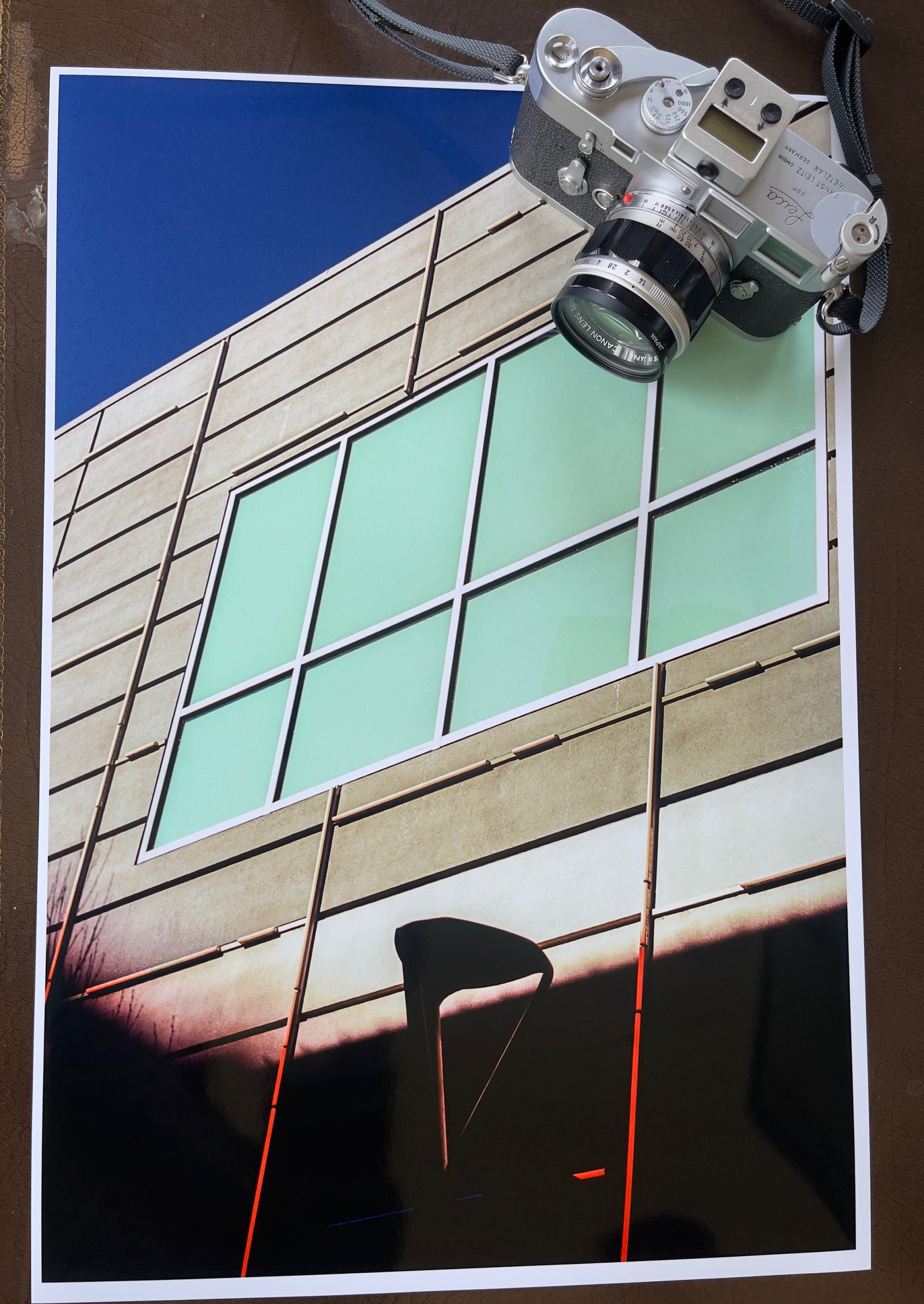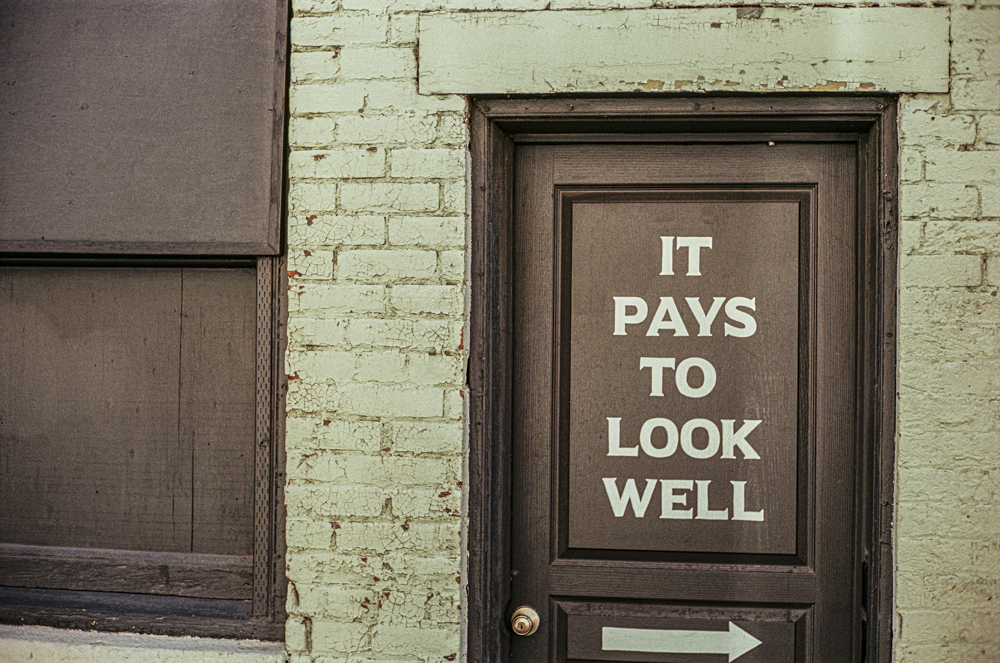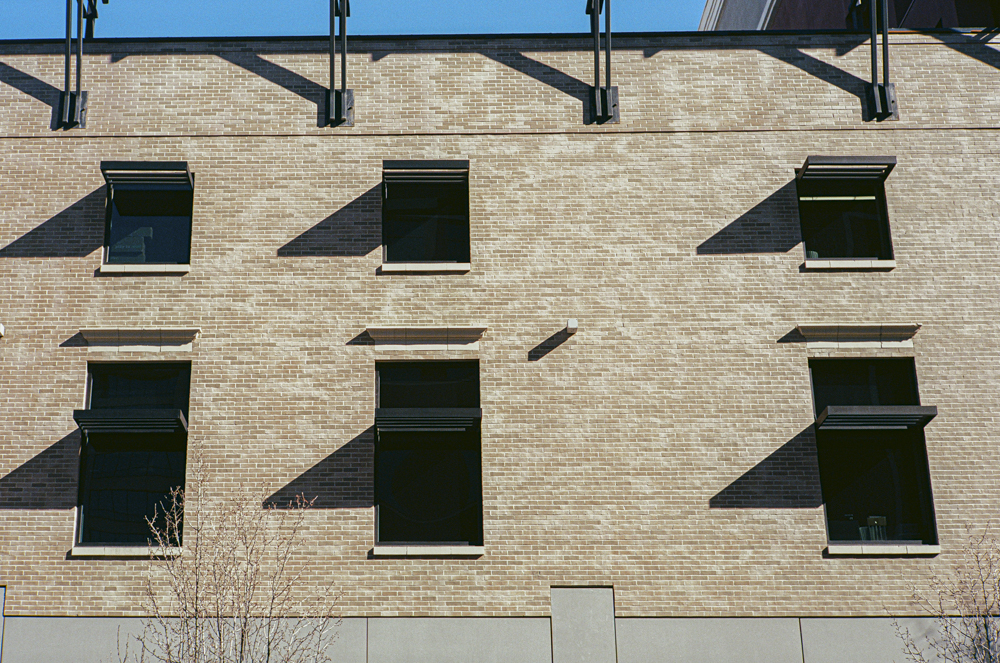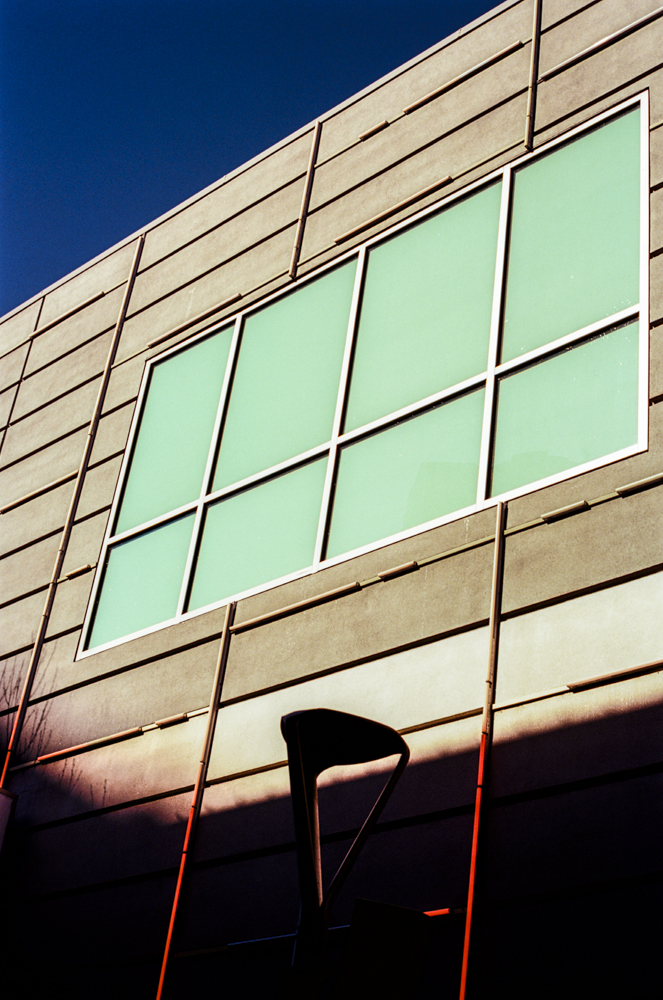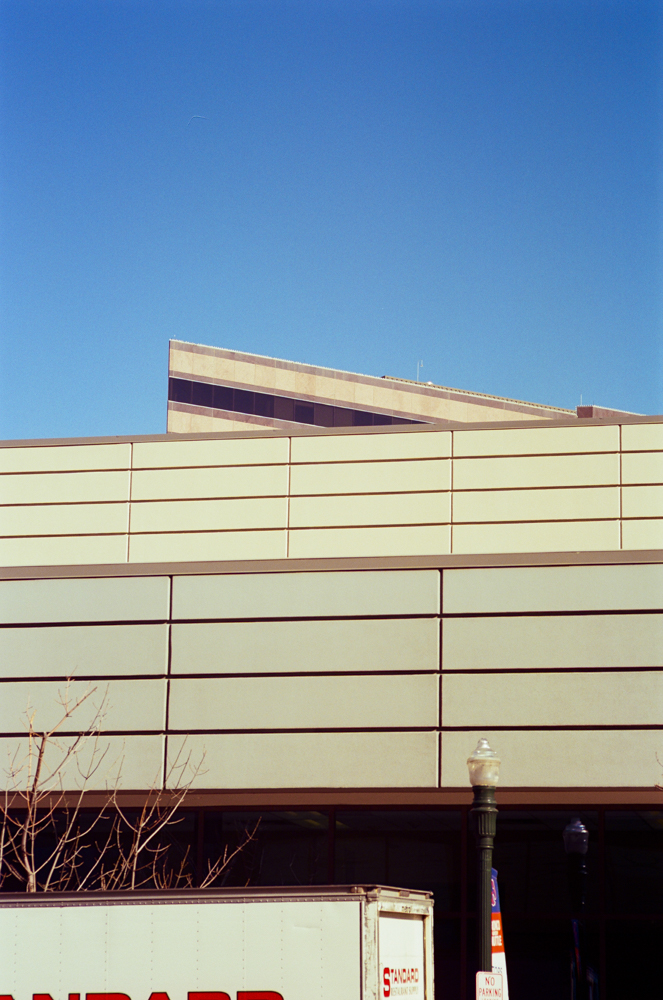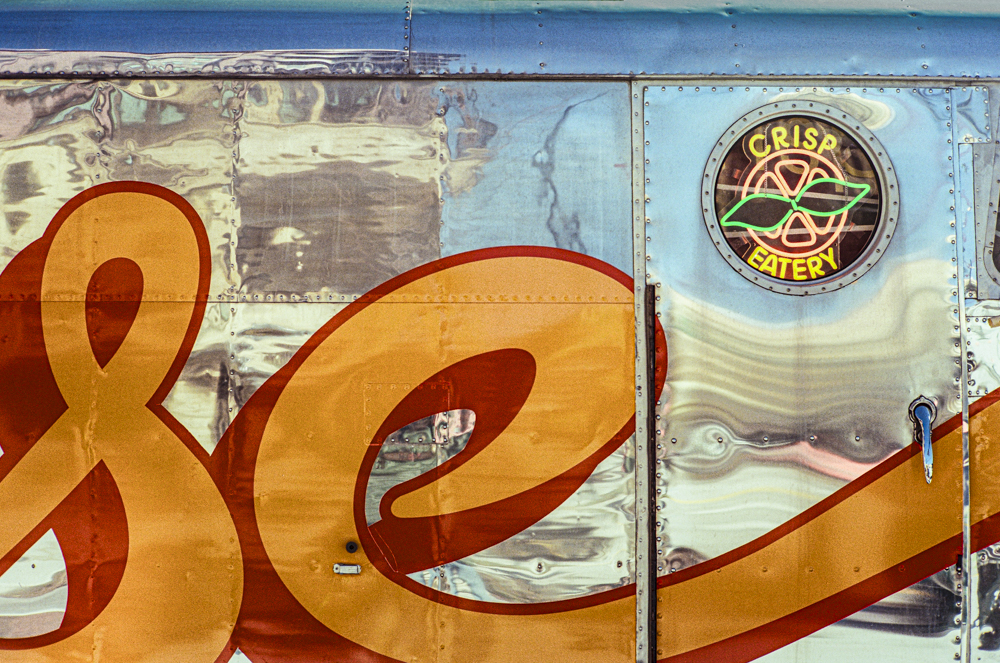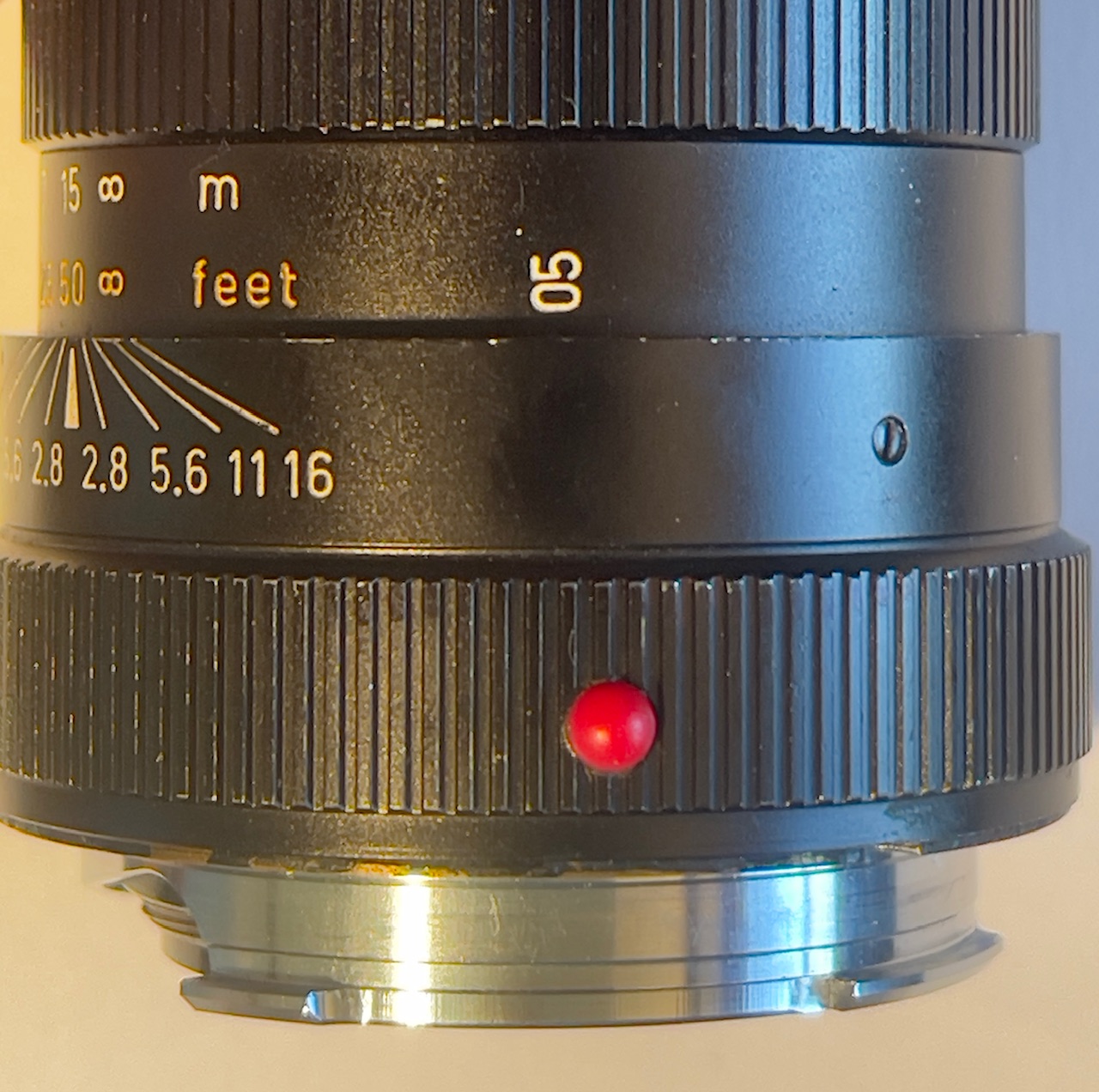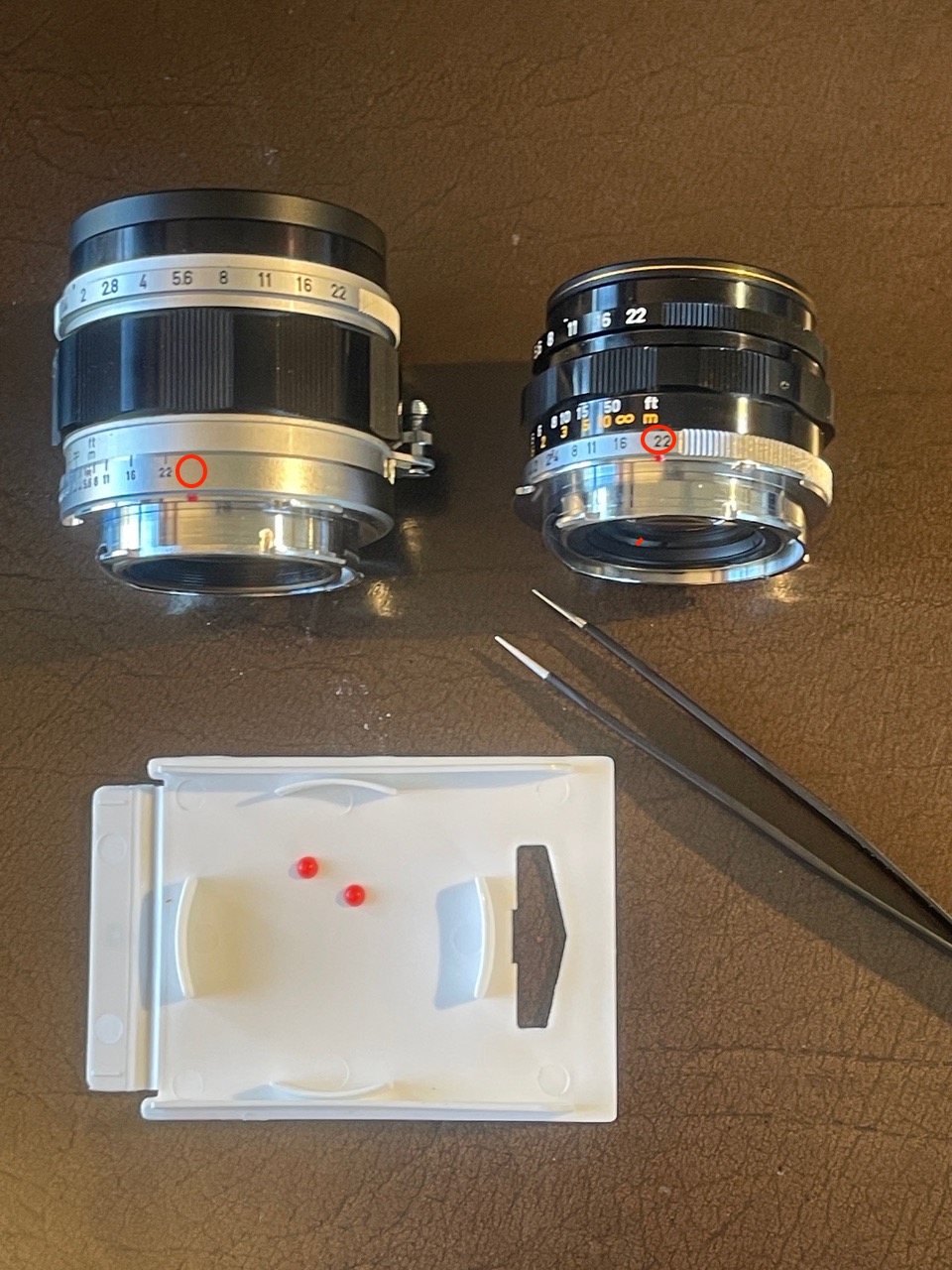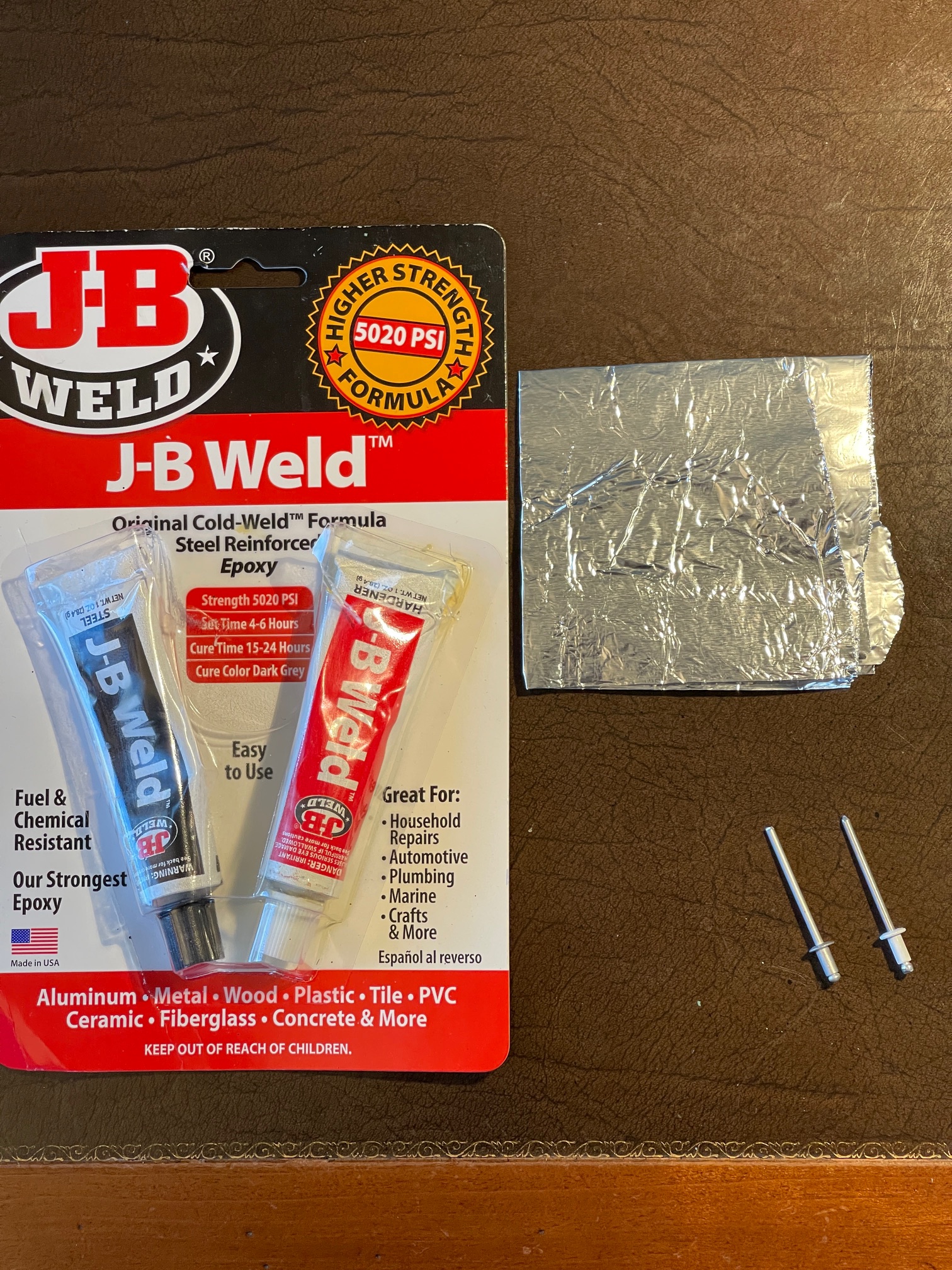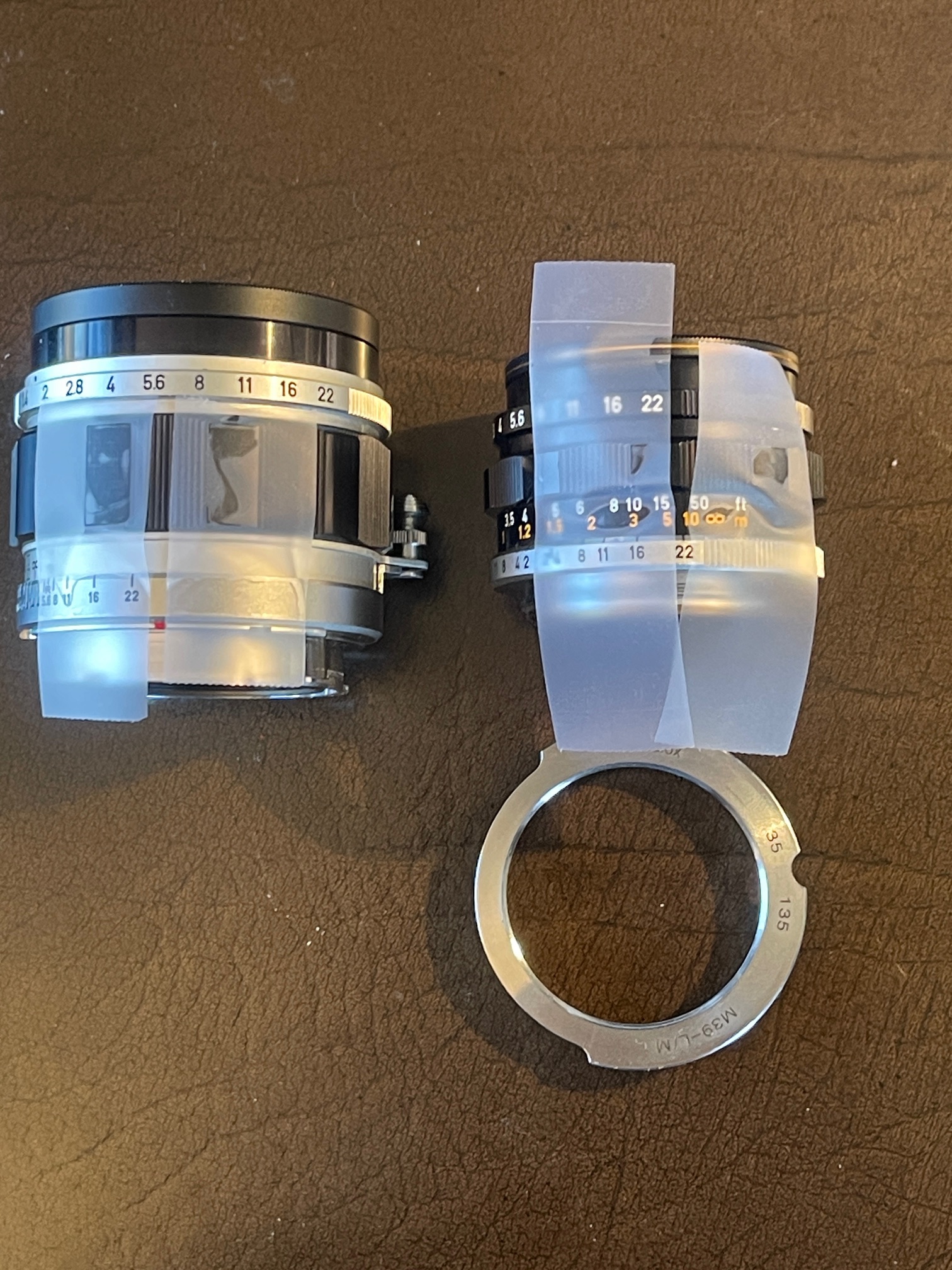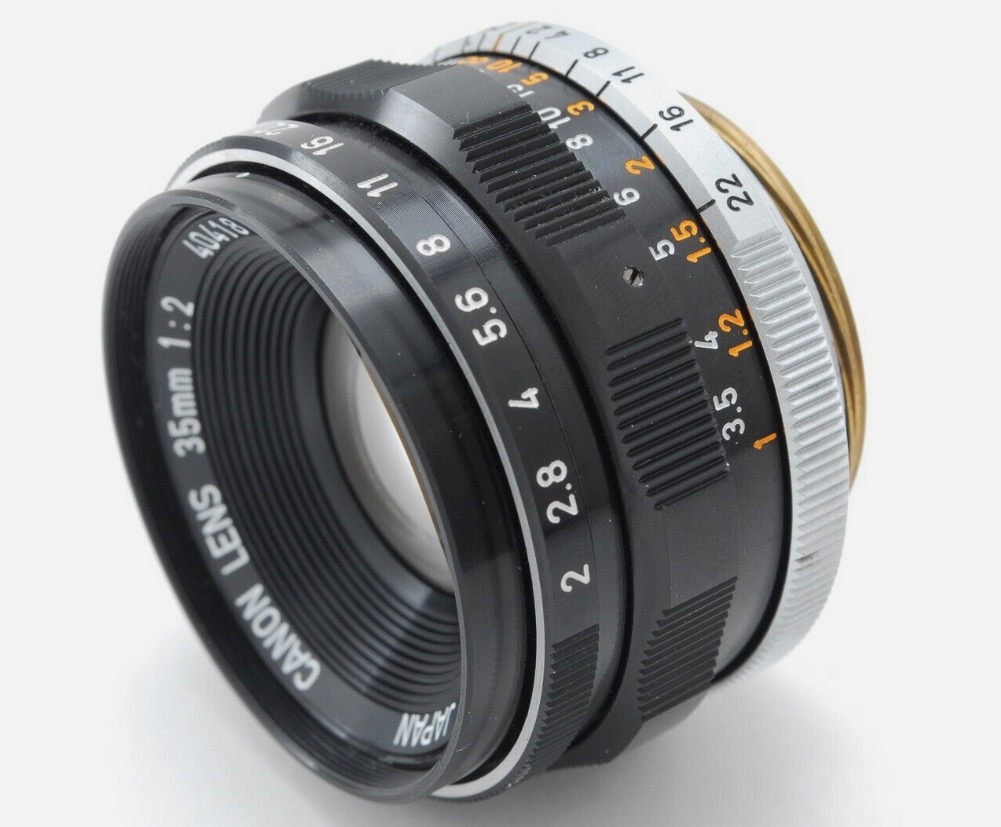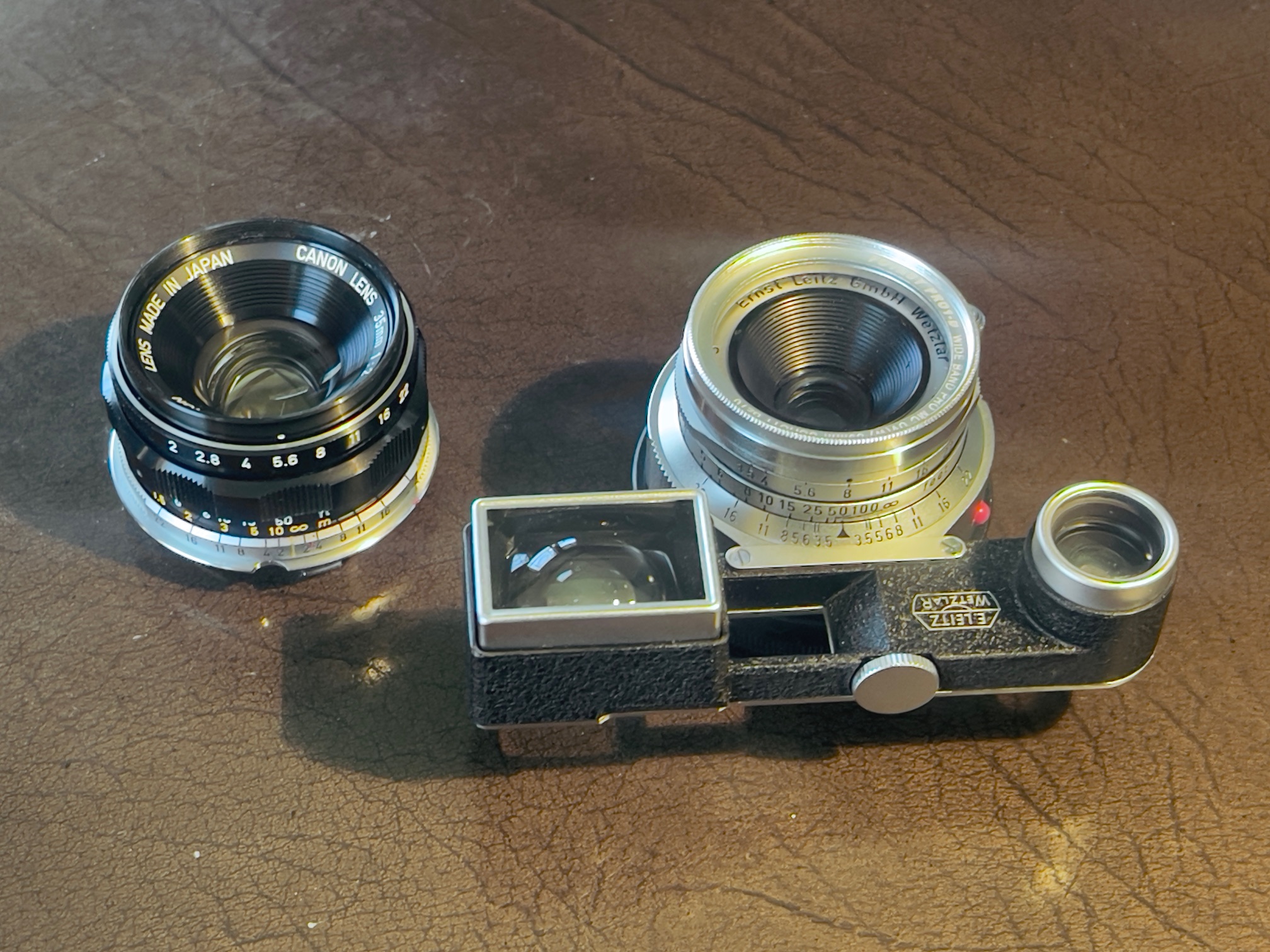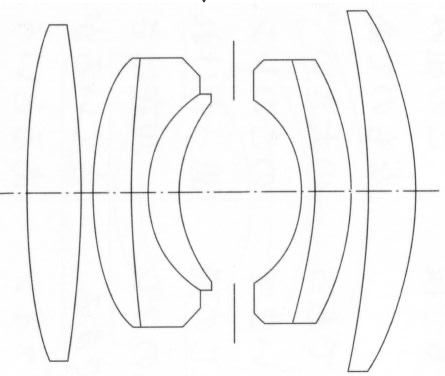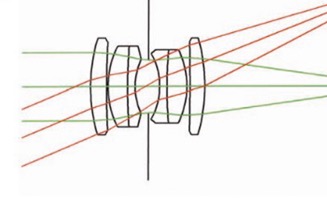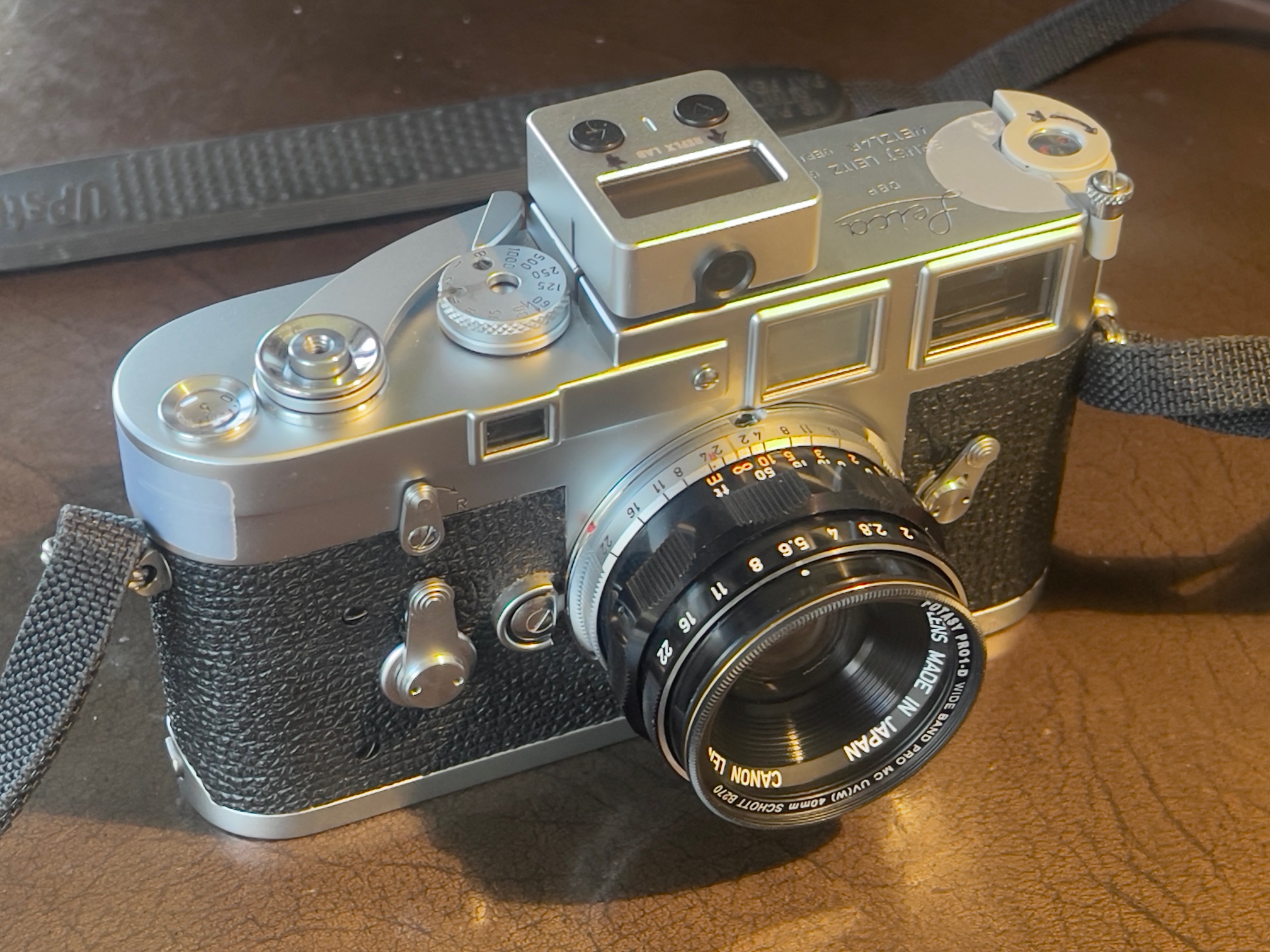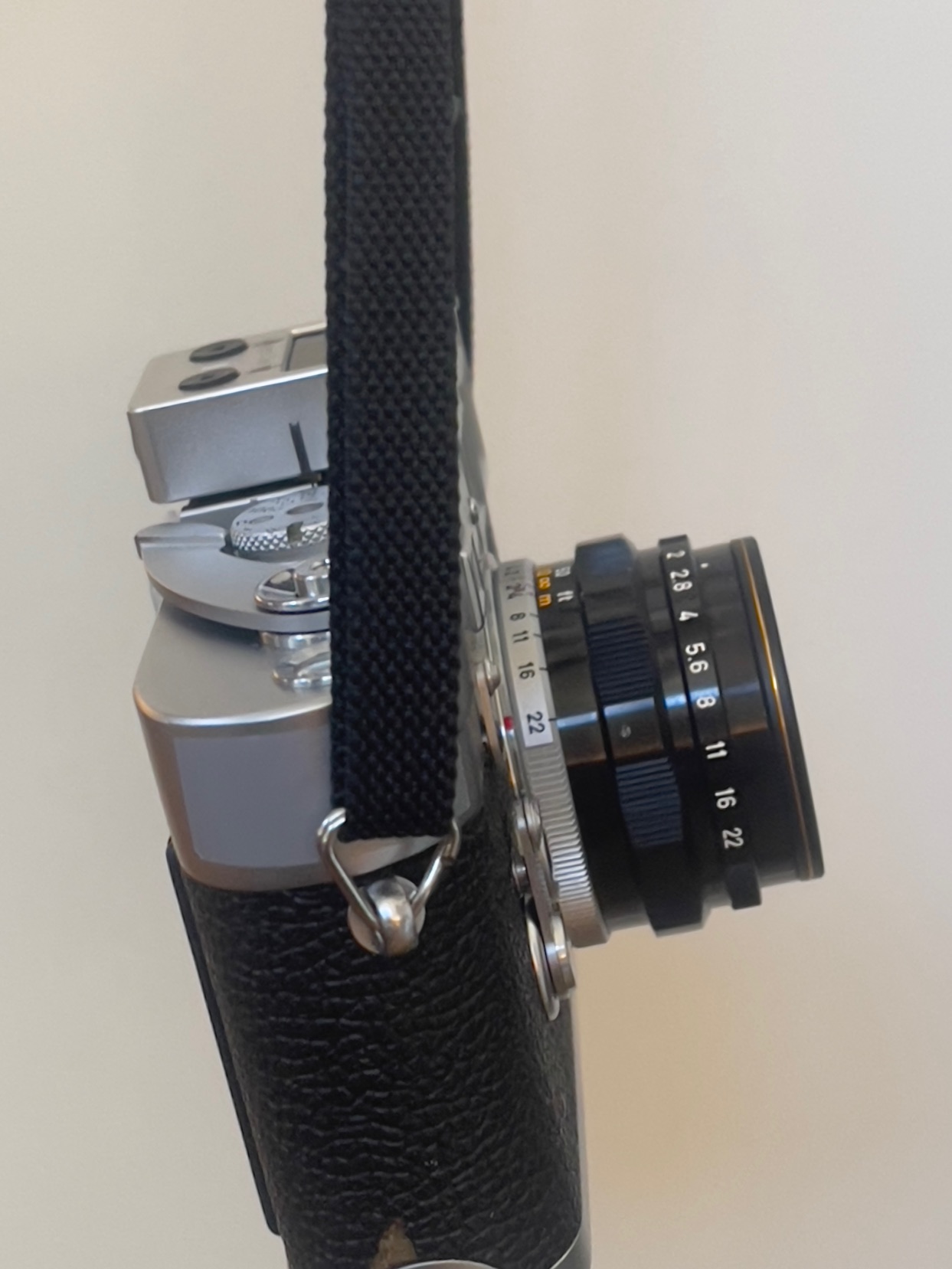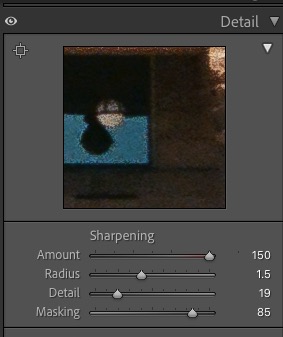Finally!
For an index of all Leica-related articles click here.
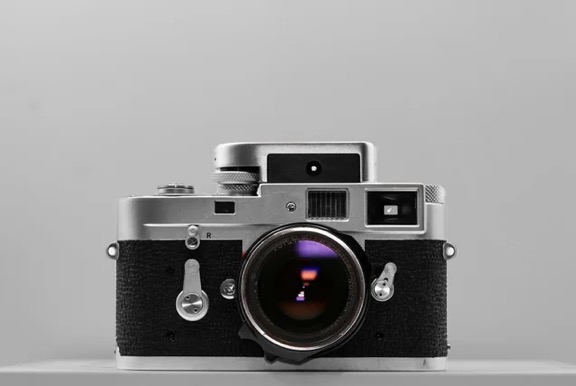
Finally!
If you like to use an exposure meter for light readings and use a film Leica M1, M2, M3, M4, M4-P, M4-2, MA, MD, MDa or MD2, you will be ordering one of these unless you are lucky enough to have a functioning Leicameter M/MC/MR/MR-4.
Finally someone has crafted an accessory shoe meter for the film Leica M which couples with the shutter speed dial.
By way of background I suggest you read my comprehensive piece on the Leicameter first.
Then if accessory shoe mounted meters are of interest read this. I have been using that minuscule Reflx meter with success but I would be the first to admit that speed is not its forte. As with all other accessory shoe meters it is not coupled to the Leica’s shutter speed dial. Decide to change shutter speed or aperture and you must first dial in the new shutter speed/aperture on the meter (slow), then take your light reading (fast) and transfer the indicated aperture/shutter speed to the lens (even slower). It takes time. And you have to struggle with that too small shutter speed dial on the Leica with its even smaller shutter speed engravings. This gets to be less fun and more challenging as anno domini kicks in.
By contrast the coupling Leicameter models attach to the shutter speed dial so you set your shutter speed using the knob on the meter (fast), take your light reading and transfer the aperture to the lens. That knob is large and easy to handle and the Leicameter’s engraved shutter speeds and apertures are large. Pretty speedy if you work in shutter priority mode.
Well, Keks has updated the Leicameter with a 1.3 inch OLED display while retaining the shutter speed dial coupling feature. With the Leicameter MR/MR-4 the angle of measurement is equivalent to that of a 90mm lens, which is 26 degrees diagonally. Thus you can use the 90mm frame selector lever for ‘aimed’ exposure measurement. The pidgin English on Keks’s site states: “30 average metering (Approximately 50mm Lens view)” which is wrong as 30 degrees is closer to the field of view of a 90mm lens. If it is 30 degrees that’s a good thing. (The diagonal angle of view of a 50mm lens is 46 degrees).
The battery, while rechargeable (ugh!) is said to deliver a 10 hour life after a one hour USB-C charge. Assuming that the display is set to stay on for 30 seconds – the period is adjustable – once a reading is taken that translates to 1200 ‘on’ cycles or 1200 exposures – call it 33 rolls of film. For me, with a 50% ‘keeper’ rate, that’s a long time and a lot of film. And Keks claims the battery is user replaceable, and while I see no hatch for the replacement, this is promising. See below for an image of the base retaining screws.
Eventually all batteries, rechargeable or not, die. Ask owners who laid down $7,000 for their Leica M240 digital not so long ago for which no replacement batteries are available. That’s a costly paperweight and Leica should be damned for no longer making the batteries. (The market is too small for Chinese aftermarket manufacturers). With the Keks M-meter, maybe you have to undo four screws in 5 years’ time? And they claim it uses a common rechargeable cell. It’s unclear from their images whether the four retainers for the base of the Keks meter are rivets or screws. Hopefully the latter, if their claim about the battery being replaceable is true.
This is not Keks’s first foray into light meter manufacture. B&H lists a couple of models in a variety of finishes, so there’s some reason to think Keks know what it is doing. Here are the specifications for the Keks M-Meter from their site:
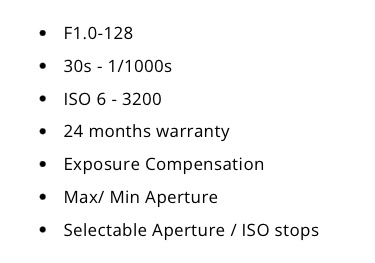
Keks M-meter specifications.
That ‘Max/Min aperture’ customization setting is interesting.
Using images from Keks’s web site, here is my forensic analysis with thoughts and questions:
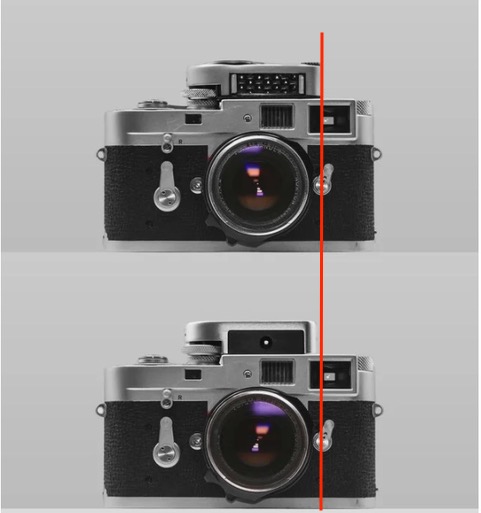
Keks’s meter is less wide (70mm) than the Leicameter MC and MR/MR-4 at 71mm.
At 17.3mm front to back it’s 2.7mm slimmer than the Leicameter.
That’s good news. It means more clearance for an aftermarket rapid rewind crank which I consider an essential enhancement to the stock M knob rewind. While the paper specifications suggest a 1mm width difference it’s clearly more like 5mm, looking at the above and top plate images.
It looks great:

On a Leica M2.
The display is big and clear. Lets hope Keks programs a black-on-white option:
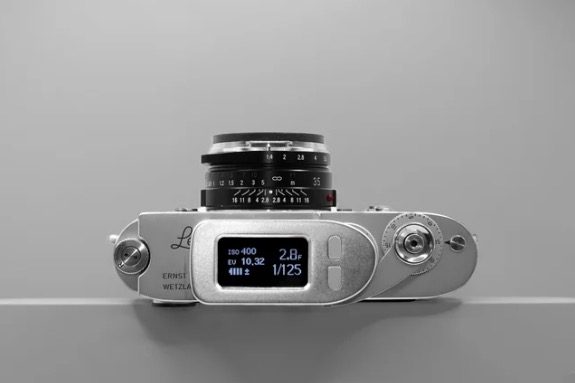
The buttons on the right are for ISO setting.
If you use EVs those are also displayed.
You recharge it using USB-C:
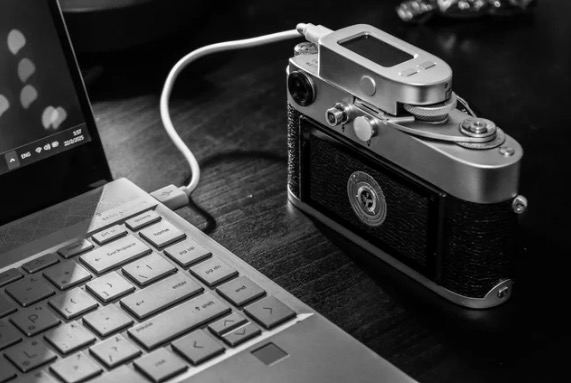
Recharging. The rear button is for taking a light reading.
One press for instantaneous reading, two for continuous.
And you don’t even have to remove it from the camera. And there’s no funky specialized 1.35 volt battery considerations like with the Leicameter MR/MR-4. Looking at the images on the Keks site it’s clear that the socket at the meter end is USB-C, not the awful and fragile Micro-USB. Good:

USB-C recharging socket on the meter.
And here’s a surprise:

British (design) and Best.
It looks like the retainer, lower right, is a hex head Allen screw, but it’s hard to tell. Here’s another image – the same goes for the accessory shoe retainers. I have increased the contrast in their image to make things clearer:
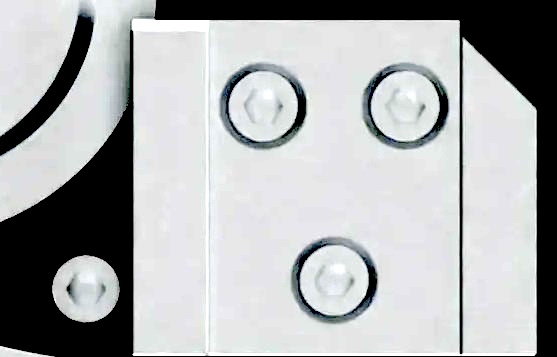
Hex head Allen screw retainers?
The coupling pin for the Leica’s shutter speed dial is there – let’s hope they got the length and location right:
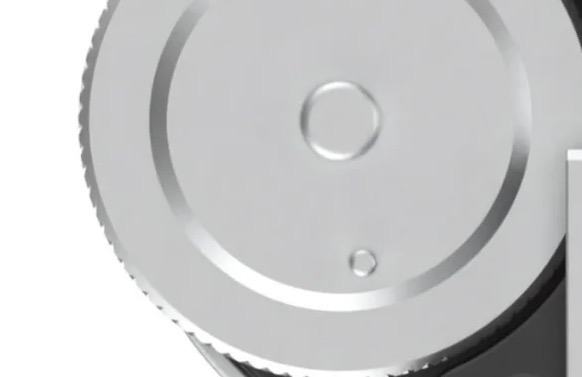
Coupling pin.
The various Leicameters had five screws in the accessory shoe – three to attach it to the meter and two to tilt the meter left to right to ensure proper coupling of the pin with the camera’s shutter speed dial. The Keks appears to have the three attachment screws only, no provision for tilt, but I imagine one could easily shim the shoe in the event of incomplete pin coupling with the shutter speed dial. It looks like they are using Allen head hex screws (hard to tell from their images), so this has to be determined in practical use.
And it looks like exposure compensation is a feature:
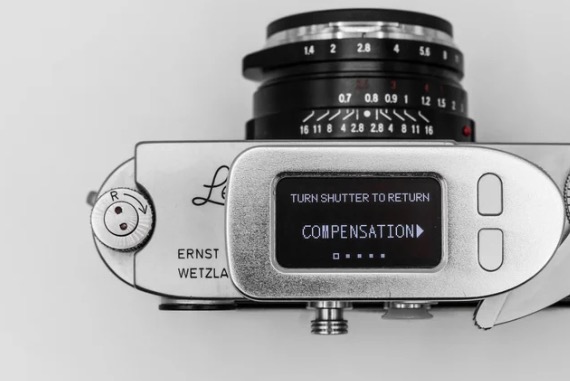
Exposure compensation setting.
If this meter functions well, Keks will sell a lot of these. And I will be one of their first sales. With a functioning Leicameter MR-4 selling for $200 and up, and they are all end-of-life, this is a bargain. Keks offers variants in black chrome or shiny black paint for those thus inclined. The black paint version is on brass for fetishists who like the worn/war zone look. The other two are on an alloy base.
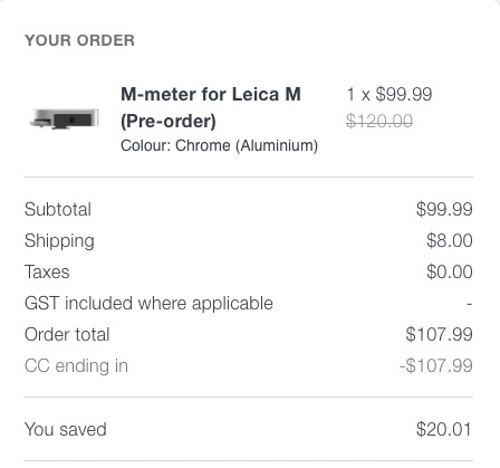
My order.
The final icing on the Keks cake? If your early M3 has the 1/5, 1/10, 1/25, 1/50 etc. shutter speed progression you can set it up so. How cool is that? And you can limit the aperture and shutter speed ranges displayed to your specific hardware. For example, the aperture range in the Keks goes down to f/128 whereas the smallest aperture on any Leica lens that I am aware of is f/32. And you can switch between full stop, half stop and one third stop intervals. The same applies for ISO settings. Shutter stops are at full values only. Display brightness is adjustable in four steps (25%/50%/75%/100%) and Auto. The display ‘live’ time is adjustable from 30 seconds all the way to 5 minutes in seven steps. Hard to see using anything other than 30 seconds. A 15 seconds lower limit would be better. You can calibrate the shutter speed to correctly match that set on the camera in case it’s off. Nice.
The only drawback I can think of, compared with the MR/MR-4 Leicameter, is that you have to turn the Keks on to change shutter speeds. Not a big deal as you will be taking a light reading before doing that in any case.
You can download the user manual by clicking here. It’s silent as to battery replacement.
